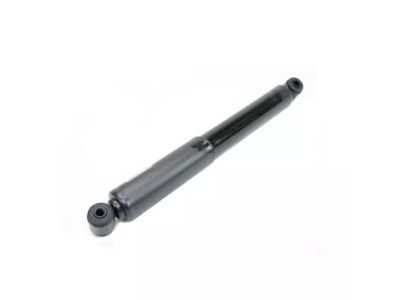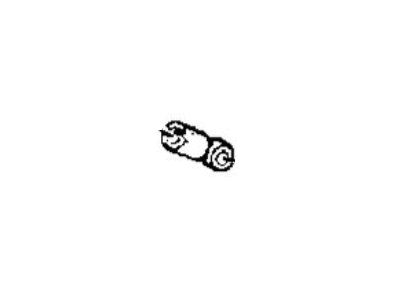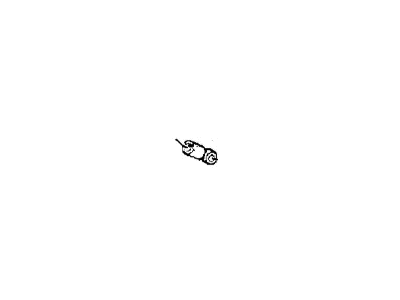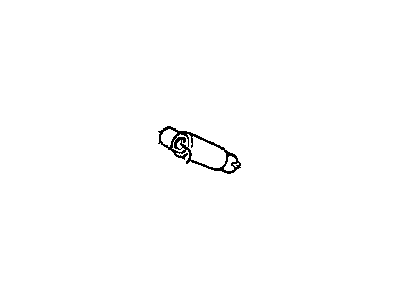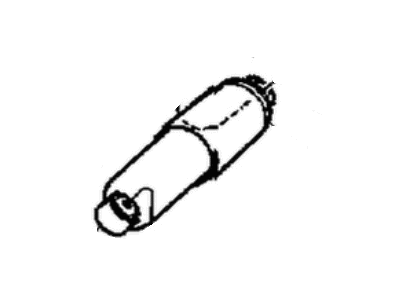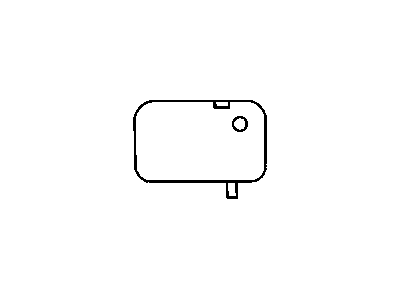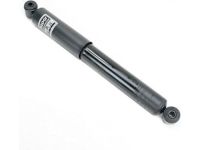
My Garage
My Account
Cart
Genuine Dodge Caravan Shock Absorber
Suspension Shock Absorber- Select Vehicle by Model
- Select Vehicle by VIN
Select Vehicle by Model
orMake
Model
Year
Select Vehicle by VIN
For the most accurate results, select vehicle by your VIN (Vehicle Identification Number).
12 Shock Absorbers found

Dodge Caravan ABSORBER-Suspension
Part Number: 4743226AA$223.20 MSRP: $505.00You Save: $281.80 (56%)
Dodge Caravan Shock Absorber
This component is quite crucial as part of the suspension system of Dodge Caravan especially aiming at regulating exaggerated bouncing and overall ride comfort. Through hydraulic means, the Shock Absorber transforms kinetic energy into heat and thereby reducing the effect of shock impulses on the vehicle and its occupants, besides improving its exemplary handling on different surfaces. Through the successive years Dodge Caravan models have incorporated a number of shock Absorbers among them being the twin tube and mono tube models. Twin-tube shocks are wide spread they are a relatively simple design that can be gas filled to enhance their toughness. On the other hand, mono tube shocks provide better heat surface and performance, it provides multi-axis installation. Other features include Position Sensitive Damping (PSD) which is designed for enhancing the vehicle stability in a precise manner and at the same time proving the development of Dodge Caravan's suspension system while Acceleration Sensitive Damping (ASD) works by simplifying the shocks under high accelerate rates.
Looking for affordable and high-quality auto parts? Then you have already arrived at the proper online shop. We offer all Dodge Caravan Shock Absorber at great affordable prices. Moreover, all genuine Dodge Caravan Shock Absorber come with a manufacturer's warranty. In the long run, you would realize you have saved a lot of trouble and money with OEM parts from here.
Dodge Caravan Shock Absorber Parts Questions & Experts Answers
- Q: How to remove and replace a strut assembly on Dodge Caravan?A:Loosen the wheel lug nuts, raise the vehicle, and support it securely on jackstands. Remove the wheels. On models equipped with ABS, detach the speed sensor wiring harness from the strut. Disconnect the stabilizer bar link from the strut assembly. Mark the position of the strut to the Steering Knuckle. Separate the strut from the steering knuckle. Secure the steering knuckle safely aside, have an assistant support the strut and spring assembly, then remove the three strut-to-body nuts. Remove the assembly from the fenderwell. Check the strut body for leaking fluid, dents, cracks, and other obvious damage which would warrant repair or replacement. Check the coil spring for chips or cracks in the spring coating. Inspect the spring seat for cuts, hardness, and general deterioration. If any undesirable conditions exist, proceed to the strut disassembly procedure. Guide the strut assembly up into the fenderwell and insert the upper mounting studs through the holes in the body. Once the studs protrude, install the nuts so the strut won't fall back through. Tighten the upper mounting nuts. Slide the steering knuckle into the strut flange and insert the two bolts. Install the nuts, align the previously made matchmarks, and tighten them. If the vehicle is equipped with ABS, install the speed sensor wiring harness bracket. Connect the stabilizer bar link to the strut. Tighten the nut. Install the wheel and lug nuts, then lower the vehicle and tighten the lug nuts. Drive the vehicle to an alignment shop to have the front end alignment checked, and if necessary, adjusted.

